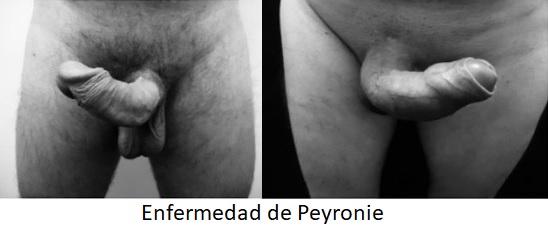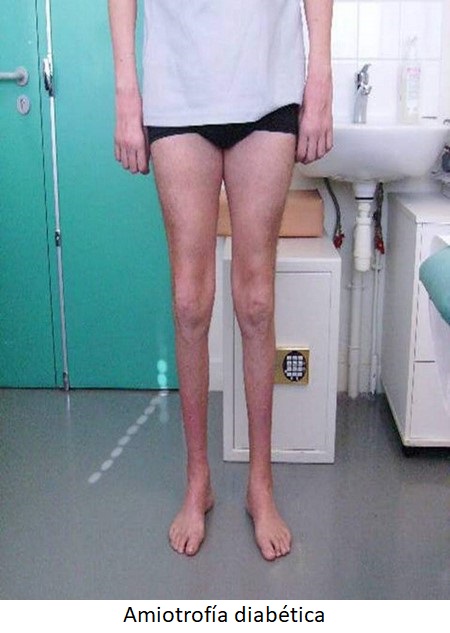
Alberto J. Muniagurria
The clinical examination of the elderly includes the interrogation and physical examination, which present particular characteristics that should be considered.
Primary Health Care (PHC) is sustained in the clinical examination, as well as in human contact and in the bond that develops known as the doctor-patient relationship.
In any medical examination of an older adult, it is necessary to know the normal anatomy and physiology to later detect what is altered, what is out of the ordinary and is considered pathological. Based on this, it is necessary to know the normal changes that take place over the years, through age and the pathological changes developed in tissues and systems and their manifestations of symptoms and signs of disease.
Just as the intervention of time must be taken into account, the characteristics of each patient and their functionality must be considered.
Doctor (Dr): How are you?
Patient (Pte): Well, I think, it must just be old age
Where does the older age begin?
A 74-year-old patient president of a company vs. a 68 year old retiree with Diabetes and COPD. The first will find some insulting questions and the second necessary.
The example shown explains that the treatment should be personalized, not rigid based on chronological age.
It should be considered:
-The style and content of the person consulting
-The style and content of the interview
-Alert state: The patient is awake or asleep (if receiving medication)
-General condition and behavior: Is it appropriate?
-Oral expression and Language: This allows evaluating the content of thought and the process developed
Dr .: Have you felt sad?
Pte .: My wife died before the baby was born. It's sad. I raised the boy, who was a boy and who stayed in Santiago. He was 10 years old or something like that. And then an aunt who wanted to take over. It was a Sunday when the boy was born.
In this example, the subject is sad, the story is sad, but it is difficult to follow the narrative, and the patient does not answer the question asked. Their responses are tangential, with some degree of incoherence, which is common in memory loss, or in dementia rather than psychosis.
- Mood and Affections: It can manifest flat, anxious or combative
- Orientation in time and space: A cardiovascular surgeon asked the patient in the postoperative period how he felt, and he replied: "Very good", but when I asked him who the current president was, he replied "Juan Bautista Alberdi"
The way to approach this questioning is:
Dr: I have noticed that there are details that you have a hard time remembering, I would like to evaluate this.
Pte: In what way?
Dr: By asking you some questions, sometimes very simple and sometimes more complex.
It can also be considered
Dr: I find it very good, would you mind if, to complete the evaluation, I ask you some simple questions?
The family has a preponderant role in the life of the elderly. Generally represented by descendants, who assume the role of supporting the needs of the patient. This is more complex than in the relationship with children. The older adult defends their autonomy, which can be affected to varying degrees.
Another factor to consider is the problems that can arise from disagreements in the degree of disability, or in the treatment plan. It is necessary to clearly define the disability, if possible in percentage, and to unify the indicated therapeutic project in agreement with the specialist colleagues involved, including the opinion of the family.
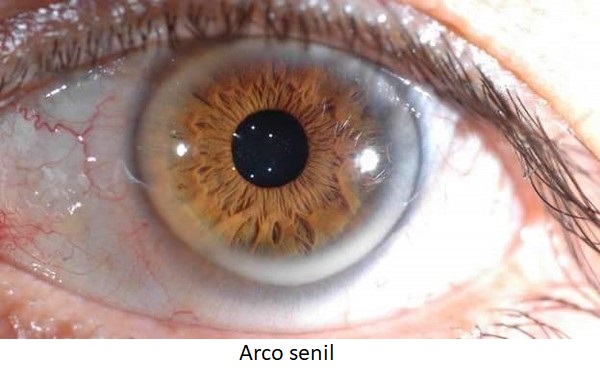
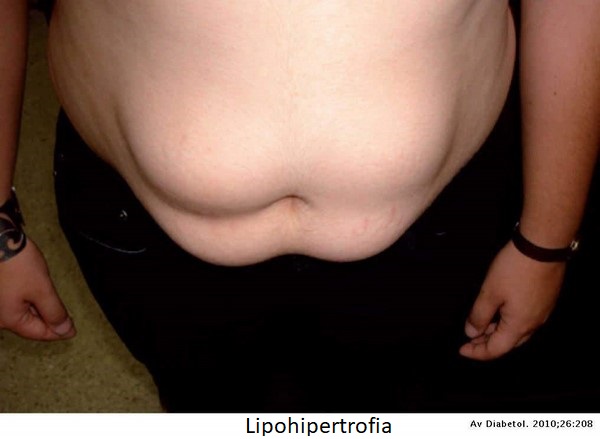 It is also important to take note of the medication consumed by the patient, not only the one prescribed by a physician but also the one self-prescribed by him. The evaluation of the pharmacological actions as well as the knowledge of the secondary effects or collateral effects, acquires special interest.
It is also important to take note of the medication consumed by the patient, not only the one prescribed by a physician but also the one self-prescribed by him. The evaluation of the pharmacological actions as well as the knowledge of the secondary effects or collateral effects, acquires special interest.
It is recommended not to be too rigid in certain indications, such as diet, activity etc. etc. that do not generate trust in the patient
In the Physical Exam there are a number of details that must be taken into account:
Height and weight:
- T °: If rectal temperature is less than 36 °, consider Hypothermia
- Blood pressure (BP) and arterial pulse (pa): Consider orthostatic BP and orthostatic BP
- Osler maneuver for pseudohypertension
Head:
- Eyes: Senile arch, visual acuity. Evaluate Graphics for Far (Snellen) and Near (Rosembaun) Vision
- Fundus: Glaucoma, Diabetes, Arterial Hypertension
- Palpation of Temporal Artery
- Ears: There are Otoscopes that emit sounds of 500 to 4000 Hg. With age, high-frequency sounds diminish. Presbycusis is for degenerative changes of the auditory nerve and middle ear
- Mouth: Prosthesis, Gums, Lesions
Neck:
- Auscultate carotids for murmurs (40% are unimportant)
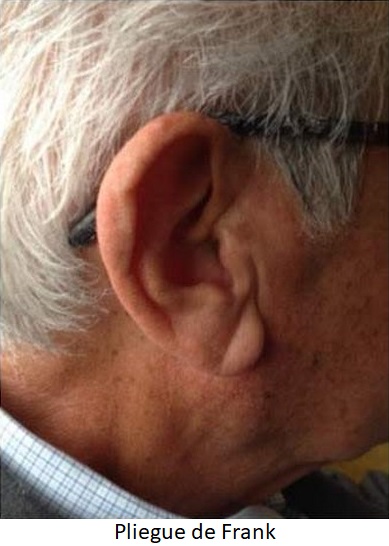 Chest
Chest
- Expansion decreases, with calcification of the costal cartilages. Accessory muscles are used. Pronounced dorsal curvature, and increased anteroposterior diameter, Hyper percussion
Cardiovascular apparatus
- Bradycardia
- Decreased Left Ventricular Impulse (IVI)
- 4th noise (S4)
- Early murmurs
- Decreased pulses
- Evaluate Heart Rate and Electrical Conduction
Mamas
- It is important to teach self-examination. Assess sensitivity, 87% increase in lesions greater than 1 cm. Look for stasis of mammary ducts, due to ducts blocked by desquamation of the epithelium. Evaluate pain, retention, and nipple discharge, look for axillary and retroclavicular lymphadenopathy
Abdomen
- Evaluate Left Iliac Fossa, in search of pain (diverticula), palpate the abdominal aorta and bladder dilations. Umbilical hernias
Female genitals
- Postmenopausal atrophies due to lack of estrogens, scratching lesions
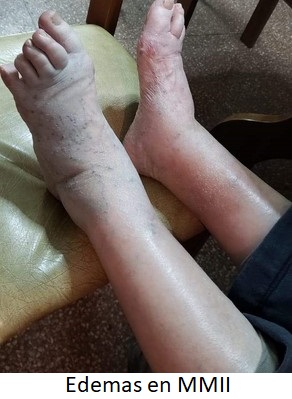 Male Genitalia
Male Genitalia
- Peyronie's disease is the increase of fibrous tissue in the corpora cavernosa with retraction
Rectal examination
- Fibromuscular atrophy of the prostate, Hypertrophy, nodules, Loose sphincters, Fecal bolus
Skin examination
-
The advance of the years normally produces
- Decreased sweat and sebaceous glands with dryness and flaking
- Decreased thickness of epidermis due to less irrigation
- Decreased elasticity of the dermis with the appearance of wrinkles
- Decreased melanocytes with gray hair
- Androgen depletion with terminal hair, downy hair
- Decreased nail growth
-
Common findings of skin without gravity
- Nevus Rubies: Bright-red papules
- Seborrheic Keratosis: Pigmented sometimes, high, warty, which must be differentiated from Actinic Keratosis, premalignant
- Sebaceous hyperplasia They are yellow flattened papules, with central depression
- Pedunculated Fibroids: Skin flaps with a connecting stem, which can become pigmented
- Cutaneous Horn: Hard projection of the epidermis
- Lentigo: Irregular, round, rough
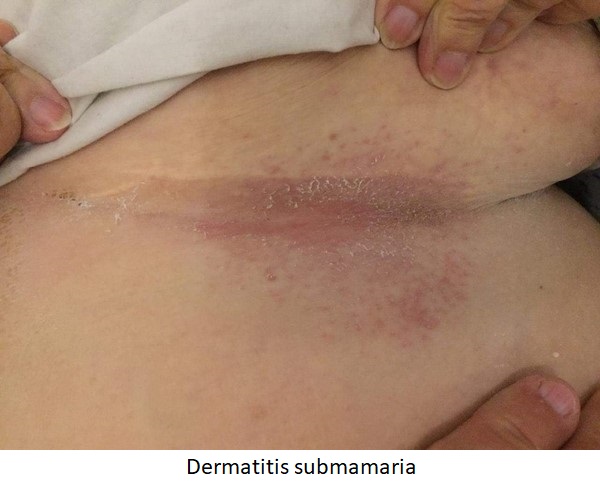 Medical management has to consider that each case is an individual situation, and not a list of characteristics.
Medical management has to consider that each case is an individual situation, and not a list of characteristics.
The integrity of the patient must be taken into account, which together with the integrity of the doctor make the most important thing in the relationship. 